Last week, Irish road deaths took on a renewed poignancy when four young people were killed in Clonmel, Co Tipperary, on the way to celebrate the Leaving Cert results, their symbolic gateway to adult life.
The four funerals had not even taken place when news of another multiple fatality began to emerge late on Tuesday night. Shortly before 10pm a trickle of social media posts brought word of catastrophic events in Cashel, 23km from the first crash site.
Within a few hours it was clear three more lives had been lost, one of them a toddler’s.
“Our Tipperary county suffers again,” Fr Michael Toomey, the parish priest, posted on X (formerly Twitter). In just those four days, two crashes claimed seven of its people. Their average age was 25.
READ MORE
As the Tipperary community in particular struggled to process the scale of carnage, others at more of a remove began shifting their attention to a broader question – what was happening on Irish roads?
This week, the Road Safety Authority (RSA) postponed its launch of an awareness campaign for Vision Zero – an ambitious Irish and European bid to eradicate deaths from roads by 2050. In Ireland’s case, an interim target would see deaths reduced to about 72 per annum by 2030.
It is a grim numbers game. But with 125 deaths to date, 2023 is beginning to look like it will far outstrip the number of deaths in 2022. Last year also delivered an unpalatably high number of 156, the most in six years. The numbers are hurtling in the opposite direction of Vision Zero.
In truth, before the extremes of this year and last, Ireland had been making steady progress in cutting death rates. It can be argued that when the first road safety strategy was published in 1998 it was starting from a low bar – there were fewer safeguarding laws, higher rates of drink driving, no inspection system for private car safety and an altogether different culture on the roads.
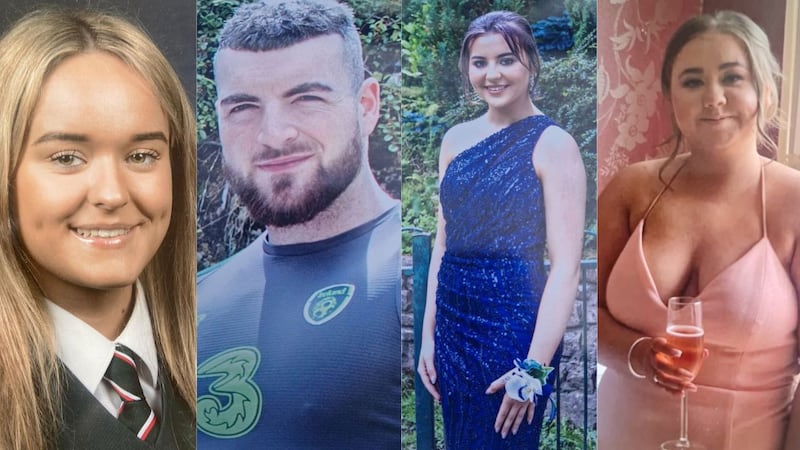
Fatalities plummeted more than 70 per cent from 478 in 1990 to 137 in 2021 (based on RSA data). But since then the numbers have largely plateaued, leaving many, not least those working in the road safety sector, puzzling over what went wrong and how to fix it.
Never more in recent times has that perplexity been more acutely felt than in the past week.
On Friday, August 25th, siblings Grace (18) and Luke McSweeney (24), and friends Zoey Coffey (18) and Nicole ‘Nikki’ Murphy (18) all died when their car struck a wall at a bend on Mountain Road in Clonmel.
[ Clonmel crash funeral: Nikki Murphy remembered as ‘caring, kind person of faith’Opens in new window ]
In Cashel, those few days later, Thomas (45) and Bridget O’Reilly (46) were killed with their grandson Tom O’Reilly (3) when their car too struck a wall. Tom’s parents underwent emergency surgery that night.
The blows kept coming. On Tuesday, Davey McLaughlin, who was aged in his 40s, died in a car crash in east Donegal. The following day three-year-old Rosaleen McDonagh was killed by a car in a Co Laois housing estate.
Among other deaths on the roads, at the end of July Kiea McCann (17) and her best friend Dlava Mohamed (16) died in a collision on the N54 at Legnakelly, Co Monaghan.
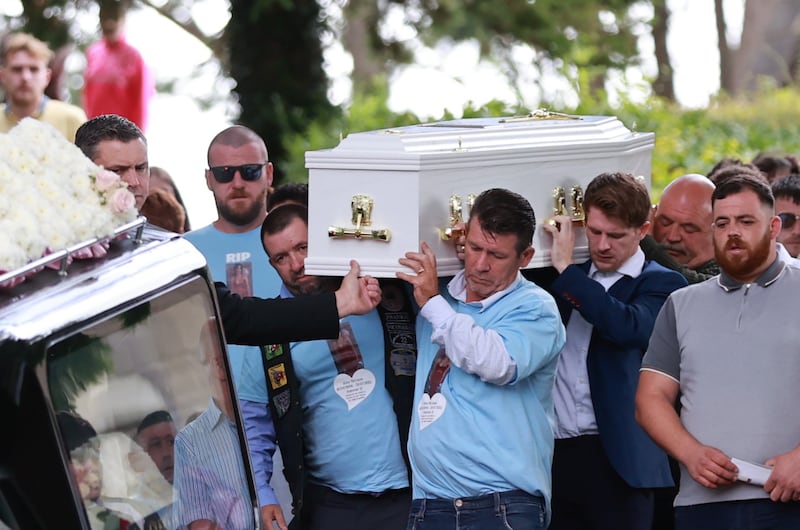
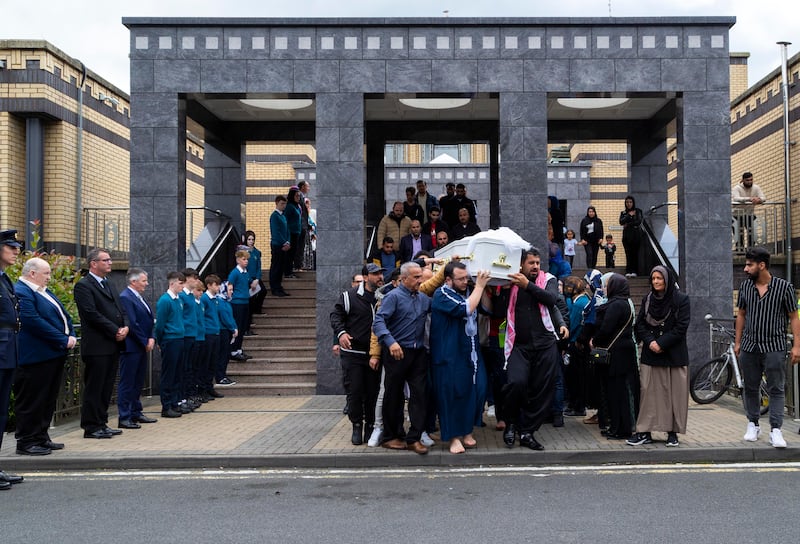
“I think what we’ll have to do is recommit people, it’s going to be a call to action,” says Liz O’Donnell, whose impending departure as chair of the RSA will be marred by what looks like becoming one of the most tragic years of her decade in the job.
“The most recent fatalities have really brought it home to people the scale of trauma that these crashes cause. It’s not just the family, it’s the wider community and all these young people, these young students being affected.”
Speaking generally rather than about a particular incident, Ms O’Donnell holds speed, insufficient enforcement and impaired driving as the three critical issues.
“Covid was a kind of unnatural period because people weren’t out and everyone’s lives changed. So [fatality numbers] were low. But since the economy is up and running again people seem to have lost, I suppose, the sense of communal endeavour and I think we really need to revisit that,” she says.
“And I hope that following these terrible deaths of these young people that there will be a realisation amongst the general public that we have to really work at this.
“You can’t be complacent about it. We were rather satisfied that the figures were coming down, that we were up there with leaders in world safety, but things have unravelled pretty quickly since the economy is back up and running after Covid. I think we just have to get back on track and recommit as a society.”
The data is bleak. This year’s monthly average death rate is now 16 compared with 13 during 2022. Based on that average, according to RSA modelling, the total death rate could reach as high as 192, 70 more than a high-point target of 122. Should it do so over the coming four months, it would be the highest fatality rate since 2014.
Even before recent events, analysis published by the RSA to the end of July showed the rate of deaths had become the highest in six years – 91 crashes resulted in 95 deaths, an increase of 10 per cent on the previous year.
That was not to mention the 649 serious injuries, many of them life-changing and a lesser publicised aspect of the reality of collisions. That figure, at least, was down 25 per cent on the same time period in 2022.

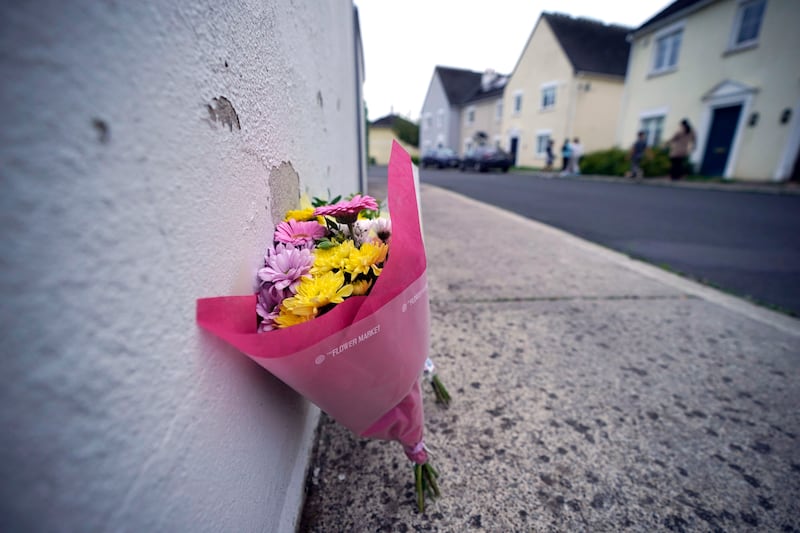
Still, in broader terms, while Irish roads have become relatively safer than in the past, longer-term data has exposed a 180 per cent increase in serious, often life-changing injuries, from 508 in 2013 to 1,424 in 2022. The difference may be explained in part by methods of recording data which should in the future rely more on medical and less on Garda reports.
O’Donnell is adamant a forthcoming Government review of speed limits could be the kind of radical jump-start road policy requires.
She expects it to go to Cabinet this month and to recommend blanket 30km/h zones in urban areas, reduce 100km/h zones to 80km/h, and 80km/h to 60km/h. Such a dramatic drop in road speed would provoke a backlash.
“It may be controversial but let’s have the controversy, let’s talk about it,” O’Donnell says.
“It’s like it was controversial when we introduced the change in the law for the lower drink limit and for seizing cars [through] the Clancy amendment for learner drivers driving unaccompanied. They are controversial moves but they are radical moves which we need to take.”
However, even in a country where roads legislation is known for stirring a political wasp’s nest, there are signs of an impetus spurred on by the experience in Tipperary and elsewhere; a feeling the issue can no longer continue to blight lives.
In a recent interview on RTÉ, Minister of State for Transport Jack Chambers said the speed review “will I think quite radically change” things.

Fatal journeys: why road safety is going in the wrong direction
Three miles from where their teenage boy was killed on his way to school in 2006, Michael and Martina White try to explain the complexity of emotional adjustment, even after 17 years.
“Time itself doesn’t heal anything. You learn to adapt and survive around it,” Martina says. “And sometimes everything is sort of before or after the crash ... sometimes I forget what life was before. I can’t remember who I was before. It changes you, I suppose.”
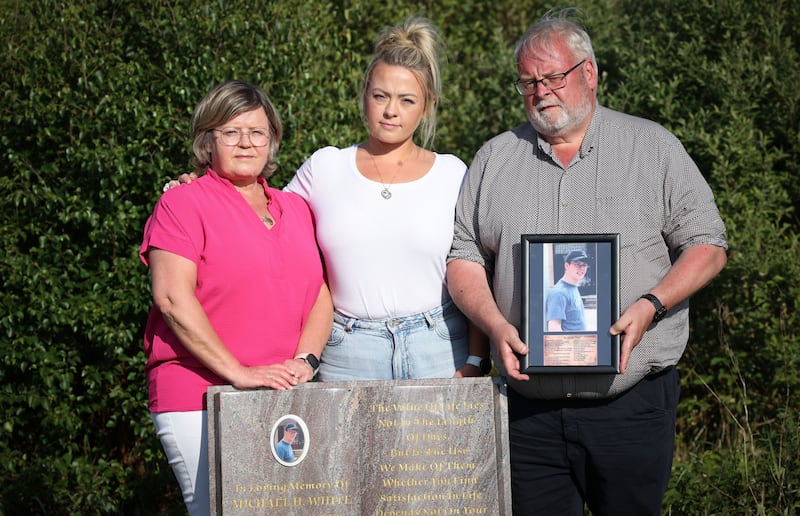
Michael White jnr (15) was killed on his way to school when the bus in which he was travelling overturned just two miles from the family home. His parents and then 12-year-old sister Ciara rushed to the scene but were held back from getting too close to the wreckage.
“A nightmare journey starts for a family when this happens, because obviously life is never the same again and there’s always somebody missing,” explains Michael, who to this day cannot bring himself to watch old family videos where his boy remains captured in childhood.
“I don’t know if I ever will, to be honest. I just find it too hard. All the stuff from Michael’s funeral like Mass cards and books of condolences, they’re just all in boxes up in the attic and I don’t think they’ll ever be opened. I just don’t feel up to it.”
When Martina hears of road deaths she immediately considers the families who, like her own, are beginning that indescribable experience.
“I think: ‘Oh God, they’re just starting out on this now,’” she says. “Not that the fact that we’re further on makes it easier. But it’s a long process to even get to be able to cope.”
Since its foundation in 2012, the Irish Road Victims Association has supported hundreds of families.
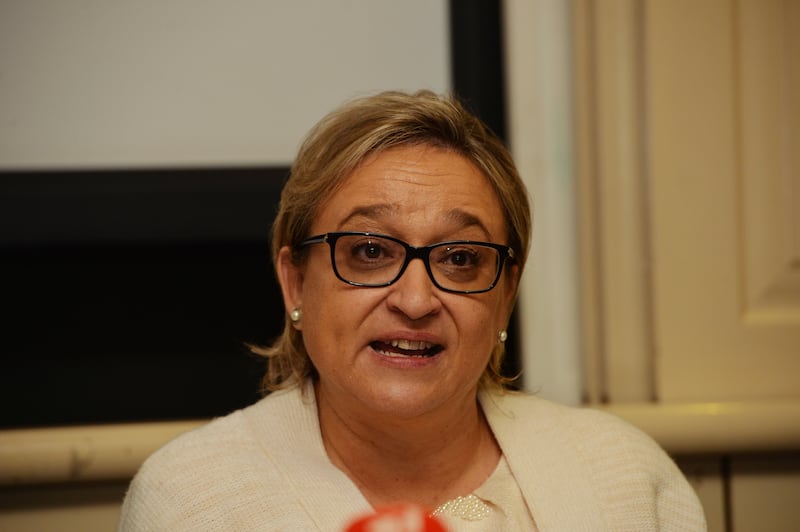
The pain inflicted on families and others, particularly when it reaches the kind of intensity of recent days following the spate of fatal incidents, makes the demand for a political response ever more pressing.
New ideas are thin on the ground but there is a broad political consensus that Vision Zero strategies need to be refreshed and speed limits must be reduced. Former minister for transport Shane Ross recently told Newstalk radio that Government strategy was “in bits”, road deaths “out of control”.
Politicking possibly, but it is an indication of a broader realisation that the nettle must be ever more tightly grasped. Duncan Smith, Labour’s spokesman on transport, backs slashing speed limits but also says the “static document” behind Vision Zero must be overhauled by the Oireachtas transport committee, on which he sits.
“[It] is on the shelf as one of a number of action plans that the Government has,” he says. “To be honest, we all share a bit of responsibility for that ... we do need some cross-party energy across this.”
His Sinn Féin counterpart Martin Kenny says Vision Zero is achievable only if speed is acknowledged as the biggest factor.
“There’s no use having expert analysis of these things and taking no countenance of it,” he says of the forthcoming review. “Having said that, if people stayed within the limits that are there now we would have a lot safer roads.”
Kenny, like so many others, says enforcement levels is also a problem area. Liz O’Donnell agrees, referring to enforcement as a “missing piece” with a Garda force stretched across competing resource demands. Later this year, the use of GoSafe speed check vans is set to increase.
However, gardaí struggle to sidestep the impression that there are simply not enough visible resources on the roads, particularly in an era where technology, such as point-to-point speed cameras, are offering more solutions that do not require boots on the ground.
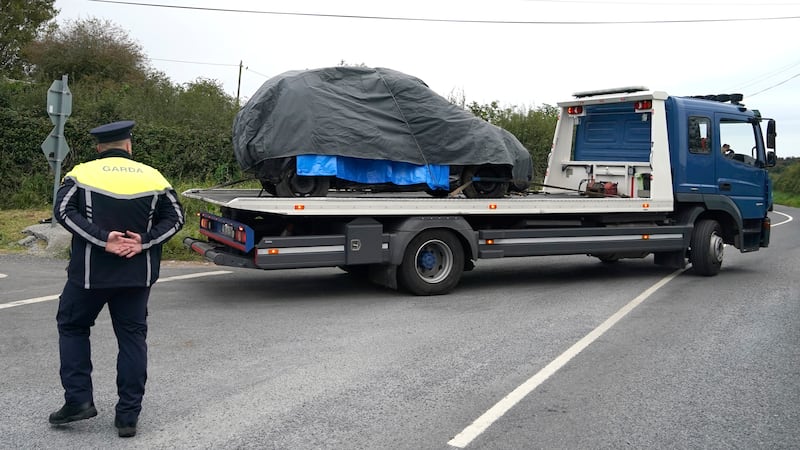
This week, Supt Liam Geraghty said 27,000 checkpoints had been set up so far this year, detecting 5,100 people driving under the influence of drugs or alcohol, while 105,000 people were found breaking the speed limit.
Garda input has seen more than 12,500 people issued with fixed-charge penalty notices for using mobile phones, arguably the latest threat to safe roads.
The RSA data for the year to August shows a quarter of all those killed in crashes were between the age of 16 and 25.
Half of fatal crashes occur between Friday and Saturday.
Of those killed, the majority have been drivers (44), closely followed by passengers (29) and pedestrians (27).
The large proportion of deaths have been spread across four counties, together accounting for 37 per cent of the total – Tipperary (14), Galway and Mayo (11 each) and Cork (10). In Dublin, where population density is highest but with fewer country roads than larger rural counties, there have been six deaths so far this year, compared to 10 in the same period last year.
The highest proportion of deaths in the last eight months is in the 16 to 25 age cohort. Previous data, looking at the 10-year period to 2022, showed the most likely person to be killed in Ireland is a male car driver or passenger in that same age group travelling between 4 and 8pm in December.
Donna Price, who also lost her son Darren in 2006 and went on to establish the association, says she hopes the recent deaths will act as a catalyst for faster change.
The IRVA has produced a Guide for the Families of Victims of Road Traffic Collisions and have printed 1,000 copies since its launch last November. It will be circulated to the bereaved, those coping with the aftermath of collisions.
[ Driving change: Can Ireland ever achieve its vision of zero road deaths?Opens in new window ]
“We know what the families are going through, getting that knock on the door,” she says. “It’s the finality of it all, the fact that there is no fixing what has just happened. To have lost a loved one in circumstances that could have been avoided makes it all the more unbearable.”



















